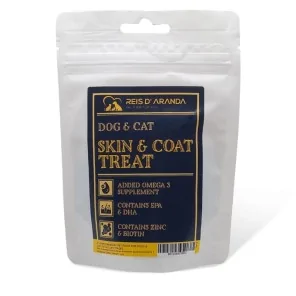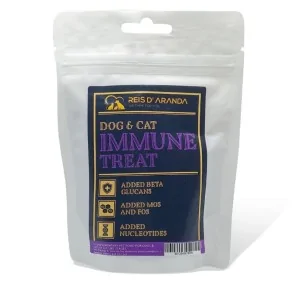The Tornjak originated from genetically homogeneous, almost extinct, indigenous shepherd dogs. These dogs have...
THE LAPERM CAT
INTRODUCTION
The most prominent characteristic of the LaPerm is its curly coat, which forms loose, soft curls varying from tight curls to loose waves. These curls may be present all over the body, including the tail, legs and belly. LaPerm cats have a medium to large build, with a rounded head, large expressive eyes and large furry ears.
THE ORIGIN OF THE LAPERM CAT
The origin of the LaPerm cat is in the United States, specifically in the state of Oregon. It is a breed still not very widespread outside this country. Perhaps because its appearance is very recent. It dates back to the 1980s.
LaPerm cats were born due to a chance occurrence: a spontaneously produced genetic alteration. This manifested itself in some kittens of a litter that presented the peculiarity of having a very striking curly coat. This differential trait, which gave them a permanently dishevelled appearance, attracted the attention of several breeders.
Thus began the interest in developing the breed, which was done by crossbreeding kittens with this type of coat. The aim was to maintain the curl which has become characteristic. LaPerm litters could be born hairless, with a very curly coat or with a straight coat. The FIFe recognised it as a breed in 2005.
WHAT DOES THE LAPERM CAT LOOK LIKE?
The build of the LaPerm cat is elegant and strong, although the musculature is hidden by the coat. The head is triangular, with a long, straight muzzle. The ears are broad, triangular with a slight forward inclination. The eyes are oval and of different colours, from gold to blue. They may be one of each colour.
The tail is thick and covered with a coat of long, dense hair. The breed is included in category II of the International Cat Federation as a semi-longhaired cat. However, in the case of the LaPerm, there is also a short-coated version. Respectively they are called LaPerm longhair and LaPerm shorthair.
The coat is characteristically soft, close to the body and wavy/curly, with more or less tight and long curls, ranging from slight undulations to full-blown ringlets. This is their most prominent physical feature. The curls are usually more evident on the neck, abdomen and behind the ears. All colours and patterns are permitted.
THE HEALTH OF THE LAPERM
So far, LaPerm cats have shown themselves to be healthy. As they are a very recent breed, there are no congenital diseases affecting them as yet. One point of attention in maintaining health is the coat. The longer the coat, the more likely it is that the cat will ingest large amounts of hair during its self-laying.
The ingestion of hair, mixed with gastric juices and food, leads to the formation of hairballs or trichobezoars. These can cause digestive discomfort, in some cases serious. To avoid them, regular brushing, quality food with a good supply of fibre and correct hydration are required.
THE PERSONALITY OF THE LAPERM
Generally speaking, cats of this breed are very affectionate, calm and docile. They like to spend time with their carers, more precisely on top of them, and are very accepting of caresses and cuddles. In fact, it is they themselves who seek companionship. They may meow to get our attention.
They usually coexist without any problem with children and other animals, as long as we take care to make the right introductions to avoid behavioural problems. But the consequence of their affectionate nature is that problems can arise if they are forced to stay alone for long hours at a time.
Their sociability also makes them obedient, which is why they will follow orders and even learn some tricks.
CONCLUSION
LaPerm cats adapt to life in flats as well as in houses where they have access to the outdoors. Despite the reputation for independence that is attributed to all cats, LaPerm cats have a high need for contact with their human family. They are therefore not suitable for spending hours, let alone days, alone.
Leave a comment
Log in to post comments
















